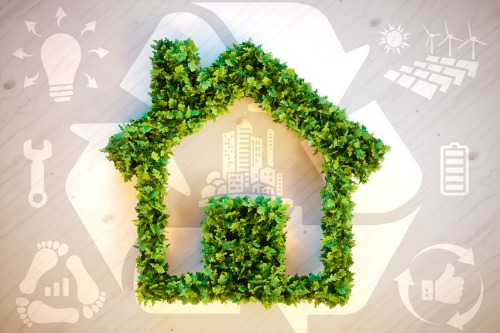Urban Land Institute report highlights reduction in carbon emissions and energy consumption

With the reduction of carbon emissions and energy usage vital to meeting climate change targets, a new report shows how the real estate industry is rising to the challenge.
The industry has made significant progress in both areas over the past 10 years according to the Greenprint Center for Building Performance. The center is an alliance of the world’s leading real estate owners, investors, and financial institutions.
The report shows that energy use intensity (annual energy consumption divided by gross floor area) has improved by 17% over the decade, while the center’s members are on target to cut their carbon emissions by 50% by 2030.
“For the past ten years Greenprint has worked with the real estate investment community to help expand and improve upon sustainability best practices within the commercial real estate sector,” said Daniel M. Cashdan, president, HFF Securities (a JLL Company) and chairman of The Center for Sustainability and Economic Performance, which houses the Greenprint Center. “As the race against climate change’s various impacts on our cities picks up, the focus of global fiduciaries has become sharpened. Greenprint, as part of our Center for Sustainability and Economic Performance, exists to serve as a resource hub for investors across the globe.”
The stats are based on an analysis of the performance of 8,916 properties owned by Greenprint’s members.
Trends in the industry
The report also highlights some of the trends that are driving real estate firms and financial institutions to focus on innovation and integrating sustainability into their core business.
They include:
- A move towards a circular economy: To fully address the environmental impact of buildings, real estate must move towards a circular economy where waste of materials is minimized. This includes incorporating a “reduce, reuse, recycle” mindset for building materials.
- Intensification of climate legislation that sets building performance standards: In the absence of federal guidance, more than 30 major cities—from San Francisco to Atlanta—have set energy benchmarking policies for buildings. Cities are also beginning to set minimum performance standards that become more stringent over time.
- Heightened investor pressure on ESG initiatives: Investors are asking real estate owners and asset managers for more information on their real estate funds’ environmental, social and governance (ESG) programs. Many investors now see ESG initiatives as material to long-term investment returns and work with asset managers to balance ESG and financial returns.



